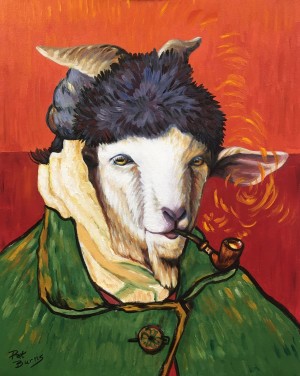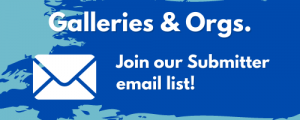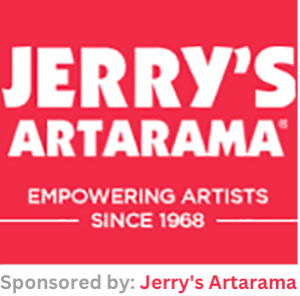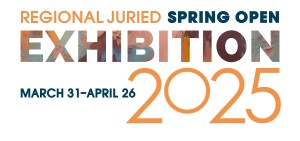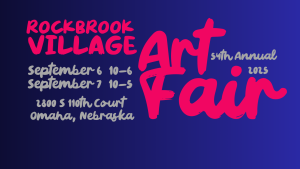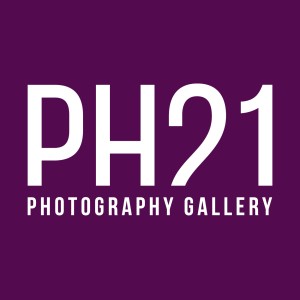
While photographs are valued for their depictive potential and representative content, the non-depictive, non-representational aspects of photographic works are also strongly related to their aesthetic significance. In this spirit, art photography has always aimed for the unity of form and content. Abstract photography has gone even further, celebrating abstract compositions for their own sake, without the need for appreciating or even recognising depictive content in the images. Turning a photograph upside down tends to strip it of its representative function because the depicted scene and objects are difficult, if not impossible, to recognise when the image is turned on its side or upside down. However, the formal, compositional aspects of photographs become more pronounced in this manner, as our attention is directed away from scene and object recognition. In our Upside down exhibition, we aim to showcase photographs that are indeed turned upside down. Any photograph is eligible if the artist is willing to present it in this unconventional way. Abstract photographs might be considered the most suitable candidates for this experimental exhibiting method, but there are many depictive works as well whose compositional qualities might also be appreciated in novel ways when turned upside down. This allows us to liberate ourselves from scrutinizing and concentrating solely on their representational content.

